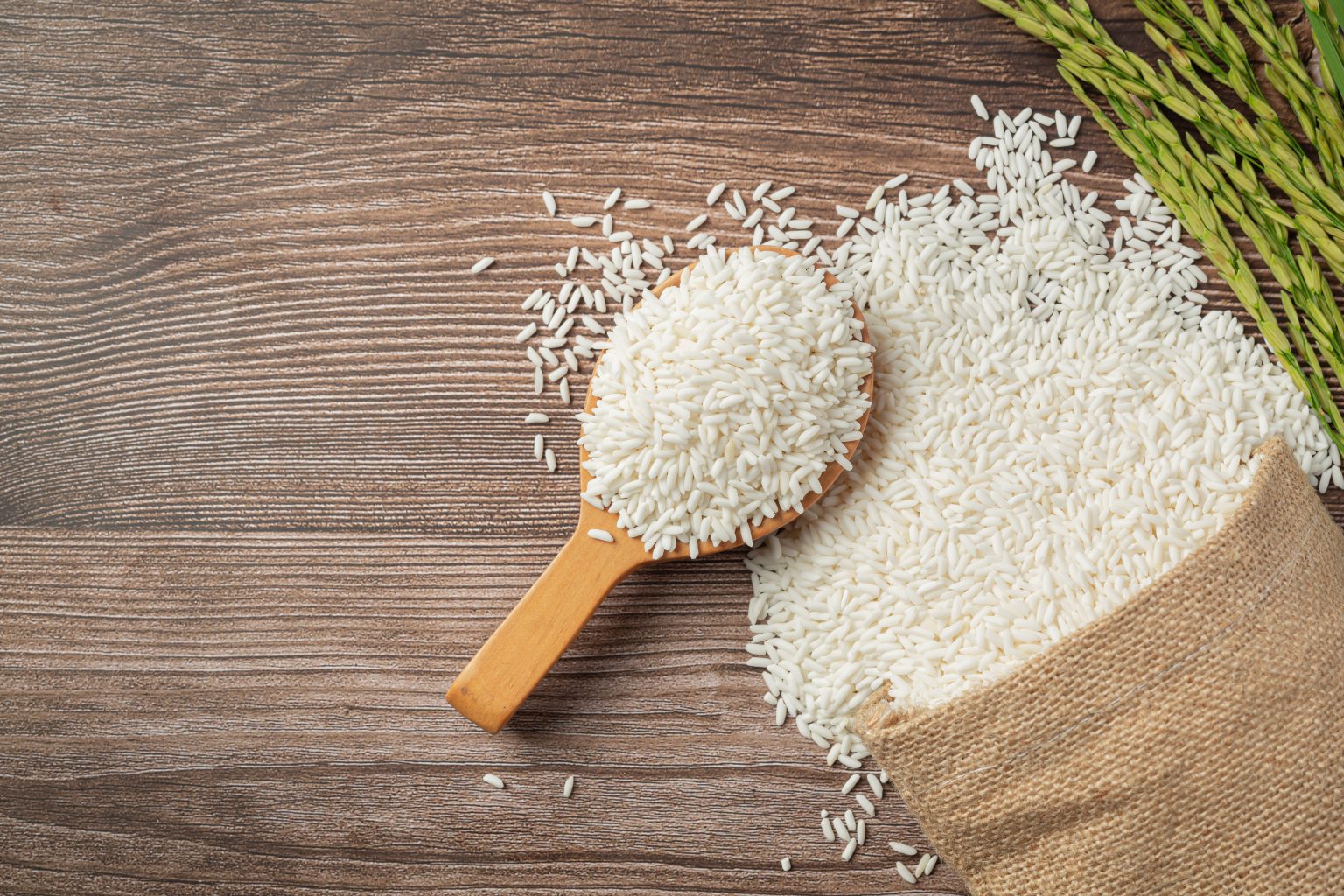News Highlights
Rice Fortification and distribution of iron fortified rice through government schemes as a “silver bullet” to curb anaemia must stop in States such as Jharkhand which have large tribal populations that suffer from sickle-cell anaemia, thalassemia, and tuberculosis, warn activists of its negative impacts.
Findings of Report
- According to a report prepared jointly by the Alliance for Sustainable and Holistic Agriculture (ASHA-Kisan Swaraj) and the Right To Food Campaign, Jharkhand, where fortified rice is being distributed under Central government-funded schemes such as the public distribution system (PDS); PM-Poshan (erstwhile midday meal scheme) at schools; and Integrated Child Development Services (ICDS or anganwadi services), consent is not being obtained from beneficiaries.
- In a fact-finding exercise, the activists discovered that neither field functionaries nor beneficiaries had been educated about the potential harms, and there were no warning labels despite the food regulator’s rules on fortified food
- PDS dealers and frontline workers too have not been informed beforehand about the potential harmful effects of fortified rice.
- The fact-finding team discovered that among the beneficiaries who received fortified rice in the State were also patients diagnosed with thalassemia, sickle cell disease, and tuberculosis, and there may be many more who have not been diagnosed yet.
- “The right to informed choices about one’s food is a basic right. The right to know what one is consuming is also a basic right. In the case of rice fortification, it is seen that no prior informed consent was ever sought from the recipients,” notes the report
Food Fortification
- According to the World Health Organisation (WHO) , food fortification is the practice of intentionally raising the content of critical micronutrients in food to improve nutritional quality and give a public health benefit with low risk to health.

Rice Fortification
- Rice fortification, which involves adding micronutrients such as iron, folic acid, and vitamin B12 to rice, is an effective, preventive, and cost-effective supplemental technique for quickly addressing the nutrition problem like sickle-cell anaemia, thalassemia, and tuberculosis.
Why Is Rice Fortification Needed?
- India has a high rate of malnutrition among women and children. According to the Food Ministry, every second woman in the country is anaemic, and every third child is stunted.
- In the Global Hunger Index (GHI) 2021, India has slid to 101st rank out of 116 countries, down from 94th place in 2020.
- Micronutrient deficiency or malnutrition, also known as “hidden hunger,” is a serious health problem.
- Rice is a staple food in India, with about two-thirds of the population eating it. The average monthly rice consumption in India is 6.8 kg. As a result, supplementing the poor’s diet with micronutrient-fortified rice is an option.
Advantages of Food Fortification
- Malnutrition and dietary deficits must be eradicated.
- Extra nutrients at an economical price.
- Fortification is a safe approach to enhancing people’s nutrition. People’s health is not jeopardized by the addition of micronutrients to their diet.
- It does not necessitate any modifications in people’s eating habits or behaviours, making it sociocultural acceptable. It is a socially and culturally appropriate method of nutrient delivery.
- Food fortification is a cost-effective technique for improving population nutrition, and it is connected with significant economic benefits.
Disadvantages of Food Fortification
- Low coverage: During the fortification procedure, just a few nutrients are supplied.
- The method does not address other dietary inadequacies.
- Many times, fortified food products fail to reach the lowest elements of society, who are among the most vulnerable to nutritional deficiencies.
- A nutritional overload could result from fortified meals.
Government Steps to Ensure
- Fortification of Rice and its Distribution Scheme
- With a total budget investment of Rs.174.64 crore, the Ministry of Consumer Affairs, Food and Public Distribution launched a government funded pilot plan on “Fortification of Rice and its Distribution under the Public Distribution System (PDS)” for a three-year period commencing in 2019-20.
- Andhra Pradesh, Kerala, Karnataka, Maharashtra, Odisha, Gujarat, Uttar Pradesh, Assam, Tamil Nadu, Telangana, Punjab, Chhattisgarh, Jharkhand, Uttarakhand, and Madhya Pradesh are all part of the pilot scheme.
- Mission Poshan 2.0:
- The Union Finance Minister launched Mission Poshan 2.0 in the Union Budget 2021-22. Mission Poshan 2.0 combines the supplementary nutrition programme and the Poshan Abhiyaan to improve nutritional content, delivery, outreach, and outcomes.
Way Forward
- The nutritional deficiency is highly prevalent in India which can be countered through steps taken by the government like food fortification programs , for example : Fortification of Rice and its Distribution Scheme . But food fortification should be used in a wise manner to avoid further issues.
Pic Courtesy : freepik
Content Source : The Hindu



